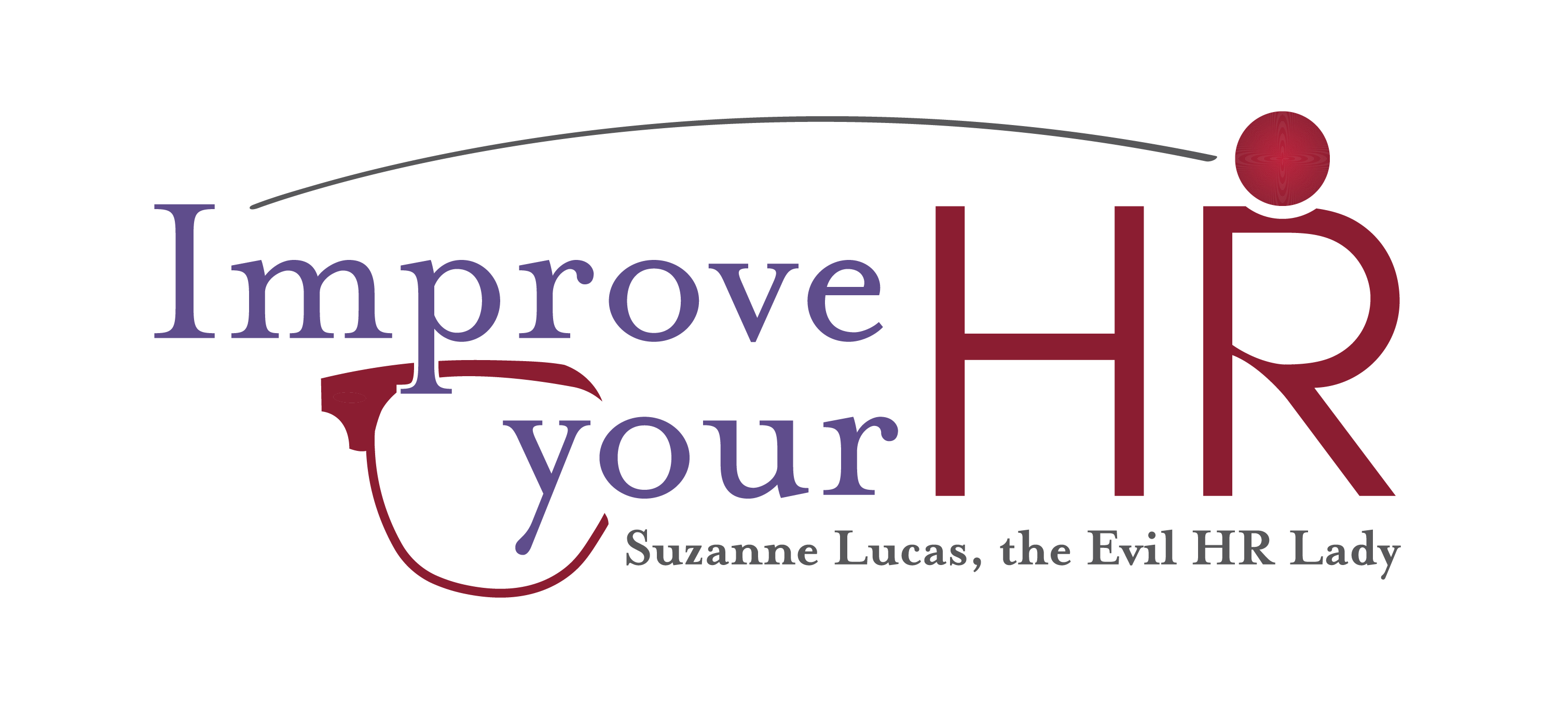Now that Covid restrictions are going away, business owners have every right to say whether employees will work in the office or continue to work remotely. There have been some pretty outspoken CEOs saying that everyone needs to return ASAP, and there have been some pretty outspoken employees who are saying no way, no how.
And who is in the middle? HR, of course. HR fights to keep the business profitable and the employees productive and engaged, and happy. Sometimes senior leadership can only see the value of people in seats, and sometimes employees can’t see anything else but their need to work from home in their pajamas. HR needs to help everyone see the best and most productive middle ground. Here are some tips to get started.
To keep reading, click here: Top Tips for a Productive Return to Office

With the surge in COVID-19 cases going on all over the World — largely due to the Delta variant — I expect that there will be a return to masking and socially-distancing requirements, resulting in yet another delay in the “back to the workplace” push. The recent CDC guidance relaxing mask and social distance requirements for fully-vaccinated people already seems outdated, based on the explosion in cases among younger people, some of whom have eschewed vaccines and other protective measures and others who are under 12 and not yet eligible for vaccination. At least one-quarter of the current COVID patients hospitalized are children, some of whom are on ventilators, and some of whom are dying, or suffering severe, long-term consequences, the true extent of which are not yet fully-know. To the extent possible, the CDC and FDA need to expedite the approval of vaccines for children under 12 and the full approval of the three vaccines currently in use in America under Emergency Use Authorizations. Full approval of these vaccines would make mandatory vaccinations in certain situations — such as health care facilities, public schools, etc. — more legally defensible. With schools due to start back in a few weeks, this situation is going to get worse, much worse, before it gets better.
This article addresses the need to have a constructive plan of action in place for the eventual changeover in the operation of the company. Yes, some have found that they don’t need to rely on having the entire staff in the office to keep the company in operation and some will have other views. Whatever the views, it is long past the time to just use a modified situation but to put policies in place so that there’s no need for a changeover time period. They can always upgrade to include more but at this point, they should have a working model of operation in place. Grocery and retailers have made modifications to the workplace, especially in the key areas of sanitation. The same modifications along with the efficiency of the workplace production with hybrid working arrangements should be already set up now. Of course, it also depends on what the company expects of its workers, as it is not firing them but telling them this will be the expected norm. Of course, certain anxious workers will expect more than normal accommodations which if they don’t accept, will result in their decision to quit the job. But after a year of changing the workplace, it is time to create NOW a new norm, like it or not. This should have been part of the discussion on keeping the business going from the get-go. Life still goes on, business needs to keep running, keep your job or get another job.